
Proprioception: how my child knows how to move their body
Key points: Proprioception is the sense of knowing where your body is in space. Special receptors in muscles help us maintain posture and…
Discover the key milestones of physical, cognitive, linguistic and socio-affective child development and understand the science behind child development.
Discover the key milestones of physical, cognitive, linguistic and socio-affective child development and understand the science behind child development.

Key points: Proprioception is the sense of knowing where your body is in space. Special receptors in muscles help us maintain posture and…
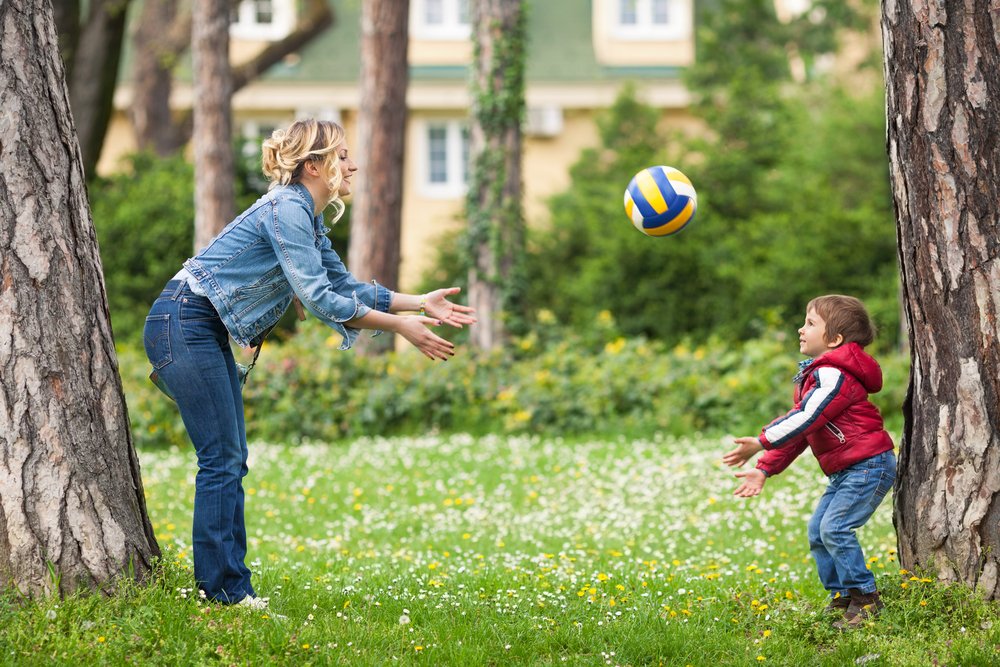
Key points: Preschool years are critical for motor skills development. Catching a ball involves cognitive and physical skills. Children progress from basic catching…

Key points: Gross motor skills, like throwing a ball, develop around 48 months. Throwing indicates muscle strength, balance, and coordination. Children progress from…
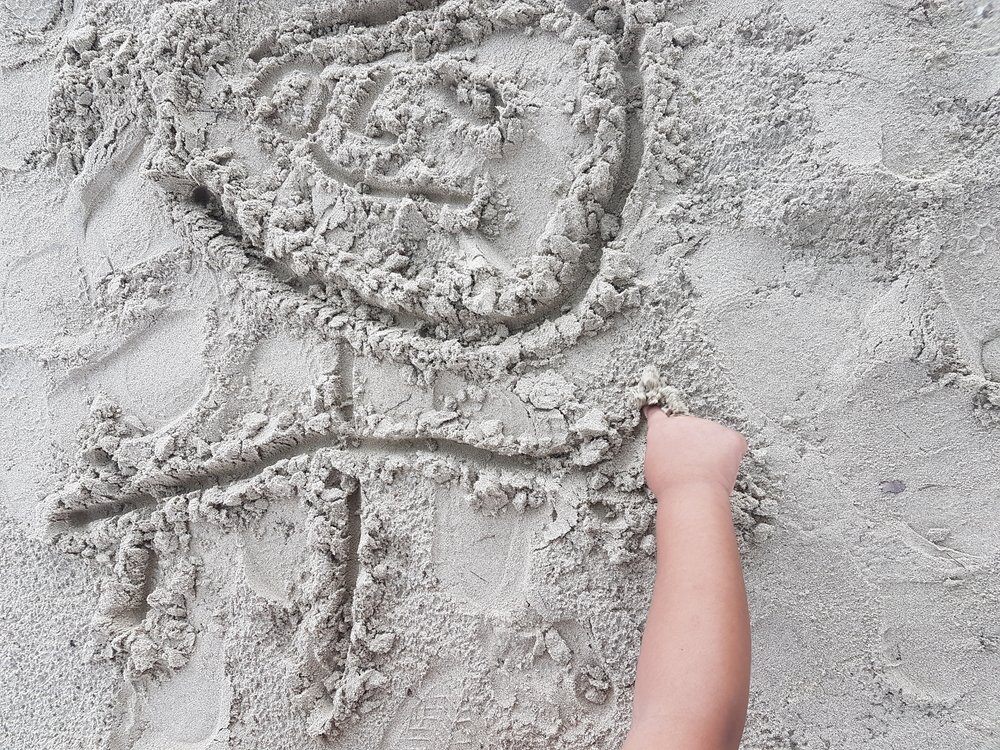
Key points: Developing motor skills is crucial for writing, especially between 36 and 48 months. Engage in activities like A-B-C bingo and drawing…

Key points: Preschoolers use gestures to aid understanding and communication due to their limited vocabulary. Research highlights how these gestures play a crucial…
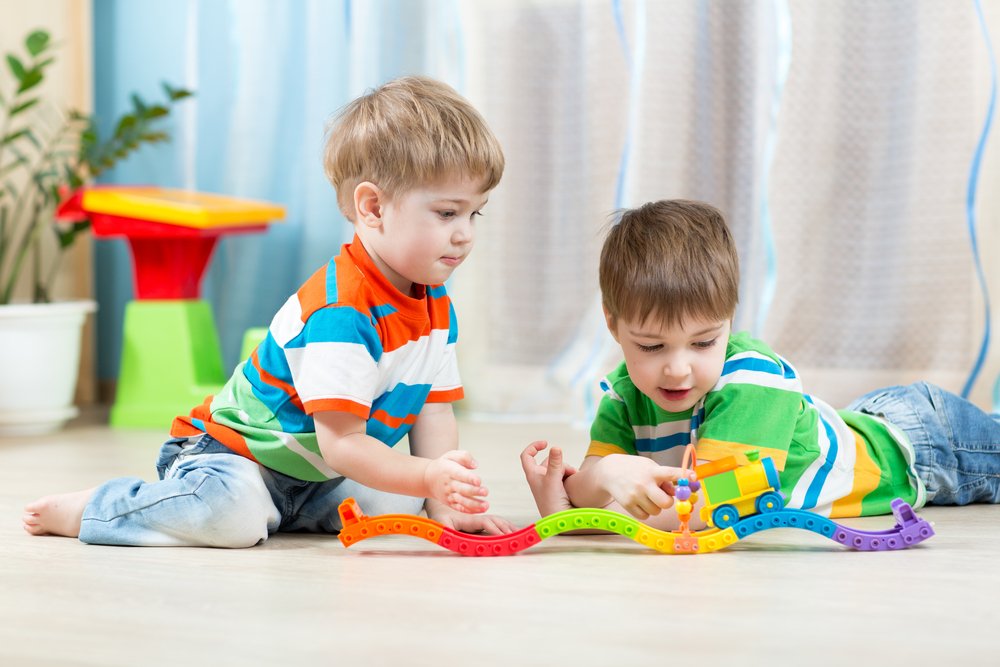
Key points: Encourage appropriate expression of emotions and needs through words. Promote various types of play and taking turns. Foster an interest in…
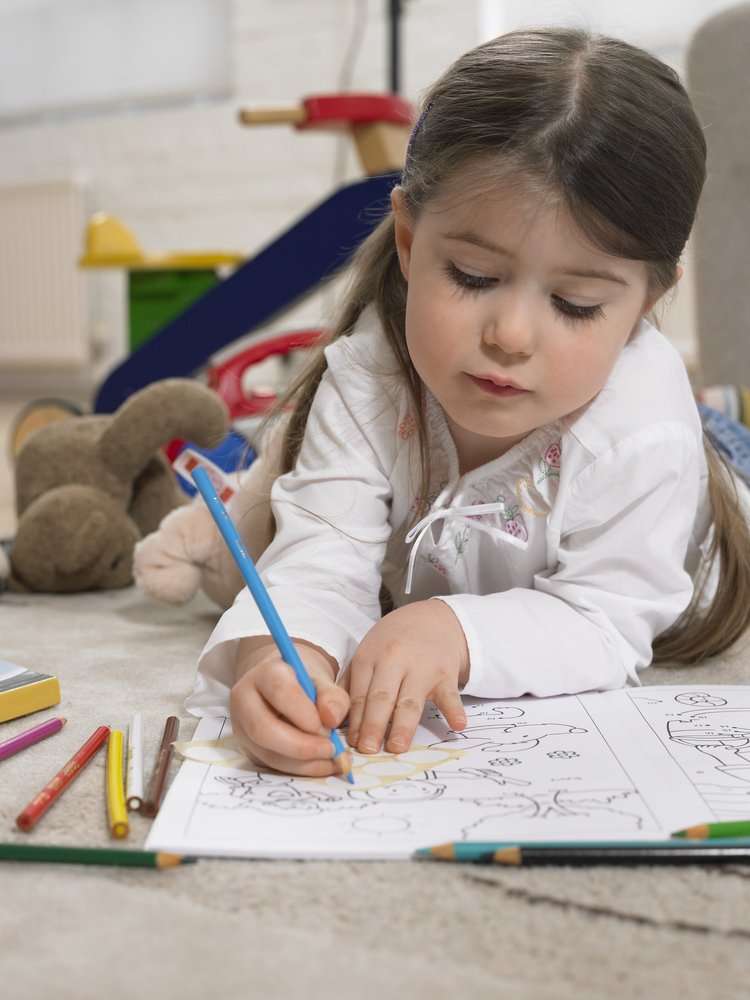
Key points: Coloring fosters creativity and visual perception. Enhances hand-to-eye coordination. Expands vocabulary by exposing kids to descriptive words. Develops color recognition, fine…

Key points: Encourage jumping skills through animal imitation and vocabulary-building games. Dance to upbeat music, coordinating jumps and arm movements with the rhythm….

Key points: Jumping is a fundamental gross motor skill, involving take-off, flight, and landing. It supports various developmental processes, including coordination, attention, stability,…
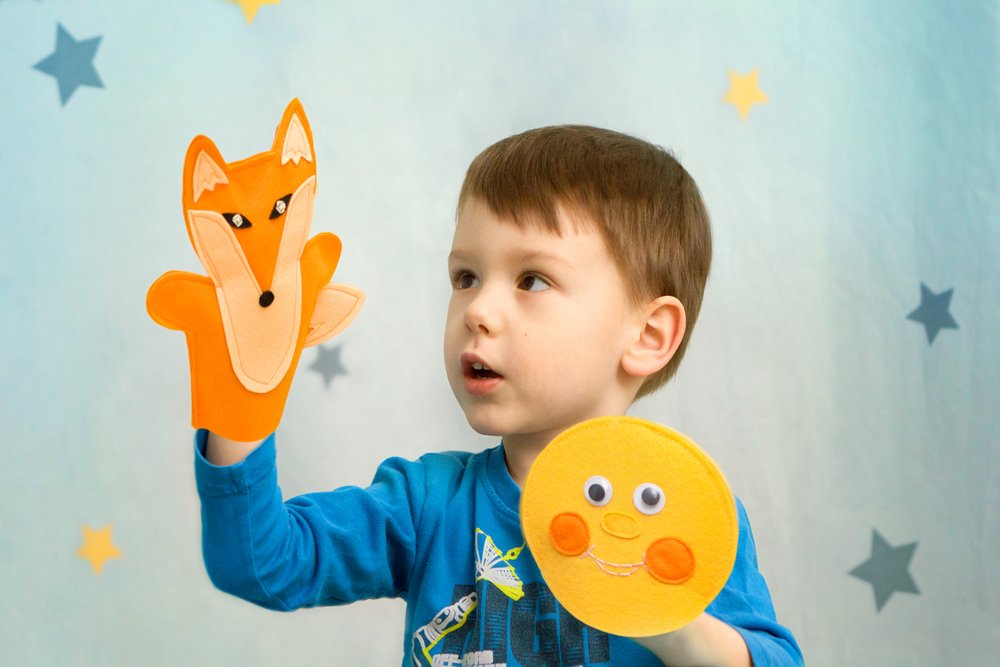
Key points: Hand dominance usually forms by elementary school age. Encourage hand dominance exploration with midline placement and coordination activities. Activities like dough…

Key points: Hand preference, laterality, and dominance describe a child’s tendency to favor one hand for motor skills. Both hands have important roles…
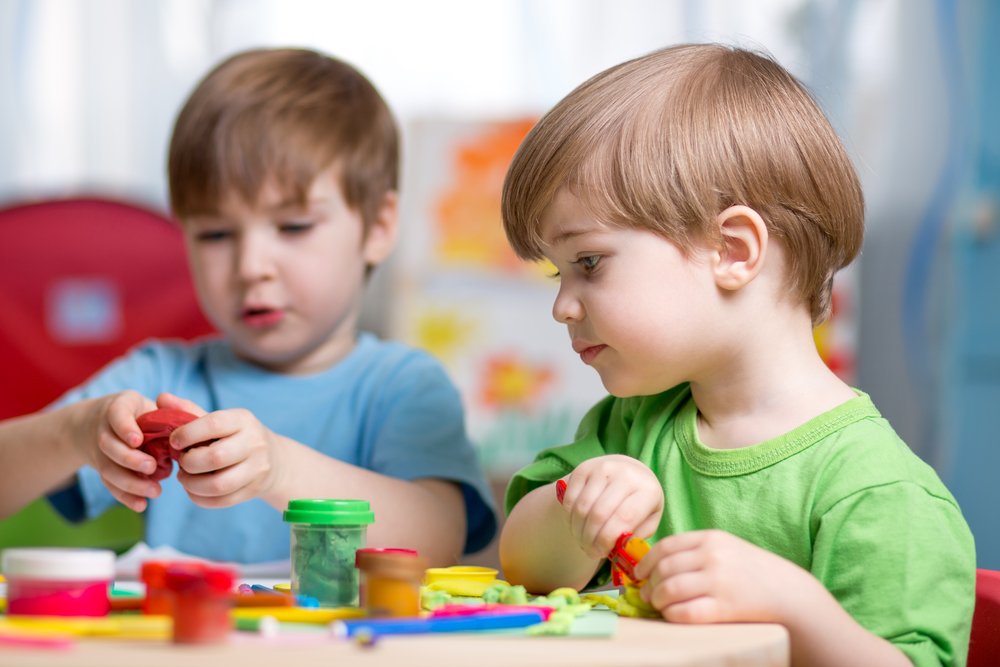
Key points: Manual dexterity is the ability to manipulate objects using coordinated hand and finger movements. Around 36 months of age, children begin…
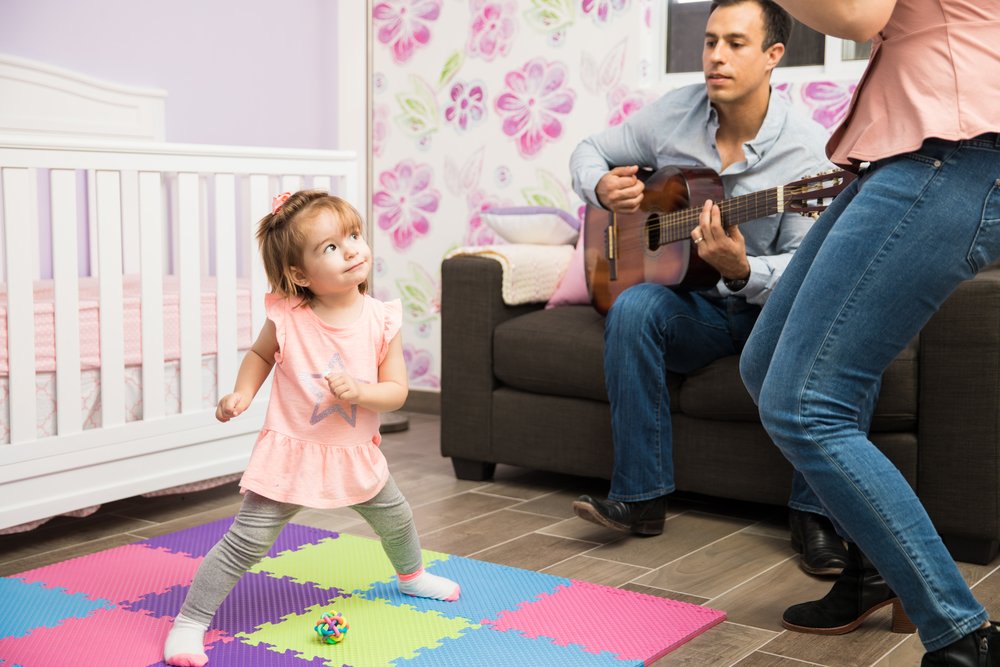
Key points: Balance is crucial for various activities, from standing to playing pretend and gaining independence in tasks like dressing and eating. Children’s…
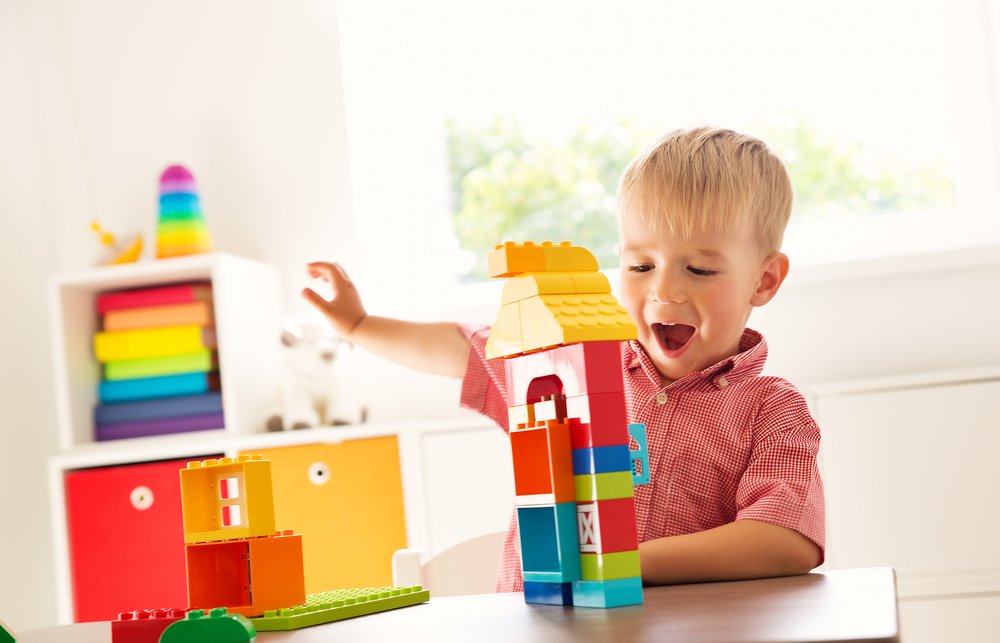
Key points:1. Between 3 and 4 years old, children master gross motor control and posture skills.2. They can maintain stable posture while sitting,…
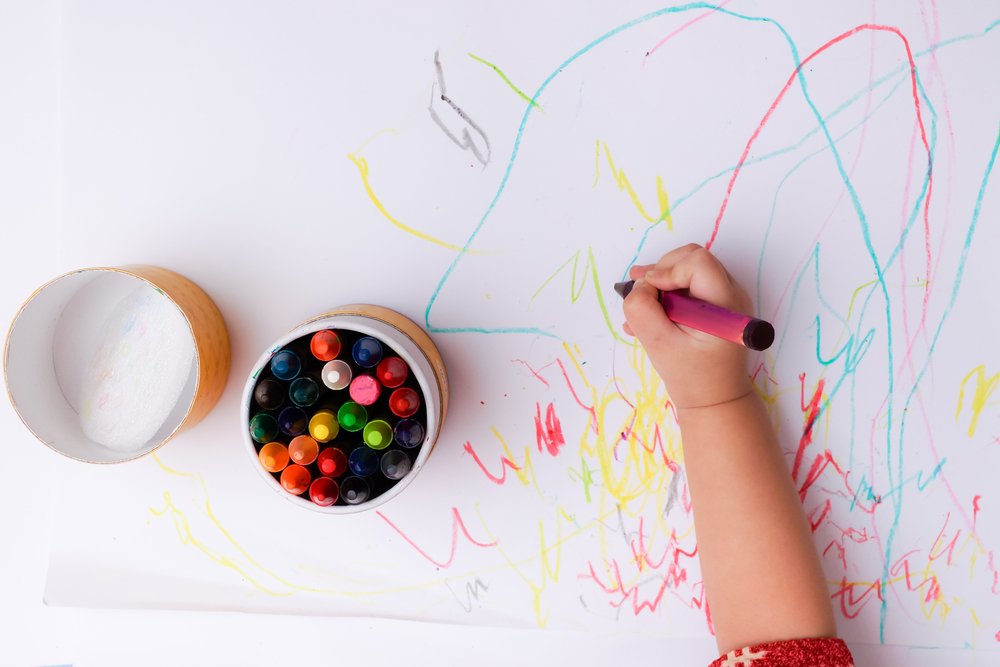
Key Points: Hand coordination skills involve controlling hand and finger movements and integrating them with visual and perceptual abilities. Developing visual-motor skills, finger…
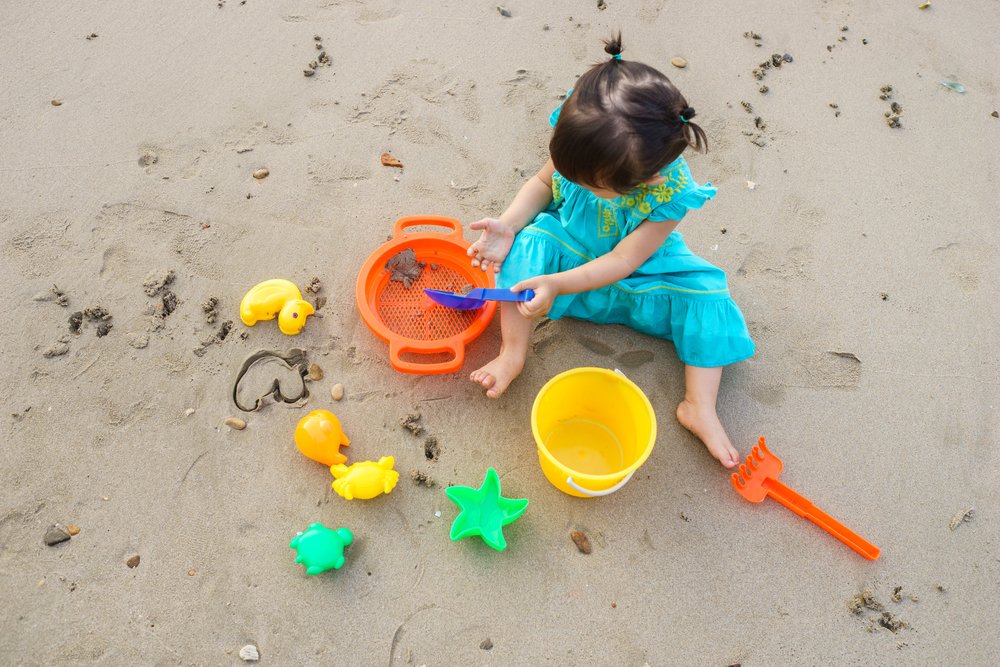
Key Points: Around 3 years old, children develop finger dexterity, allowing them to perform tasks like turning book pages, engaging in arts and…
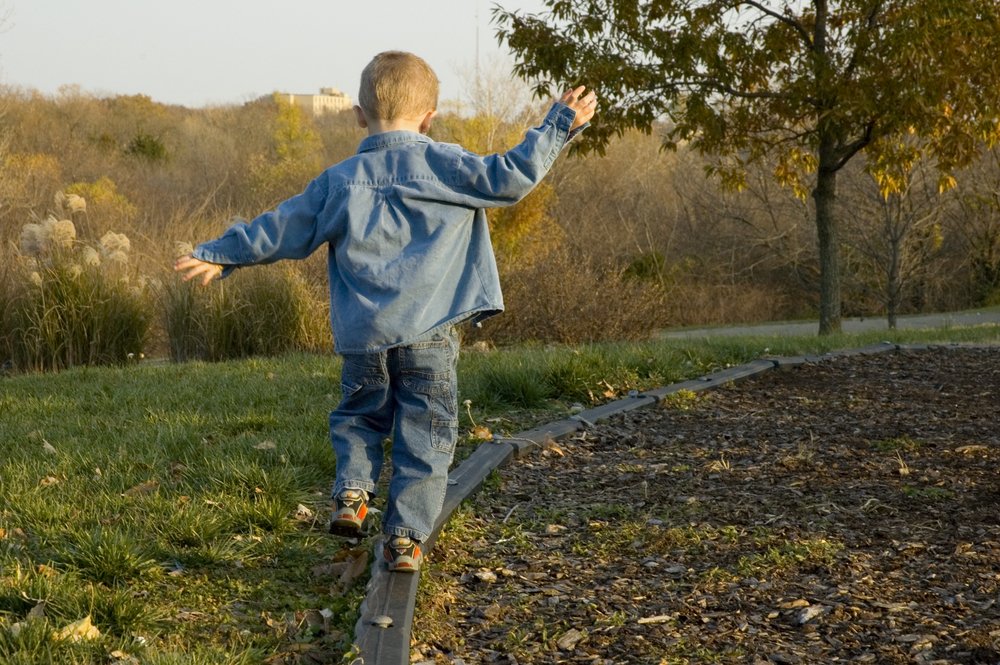
Key Points: Balance involves maintaining controlled body positions during static and dynamic activities, requiring the integration of the vestibular, visual, and proprioceptive systems….
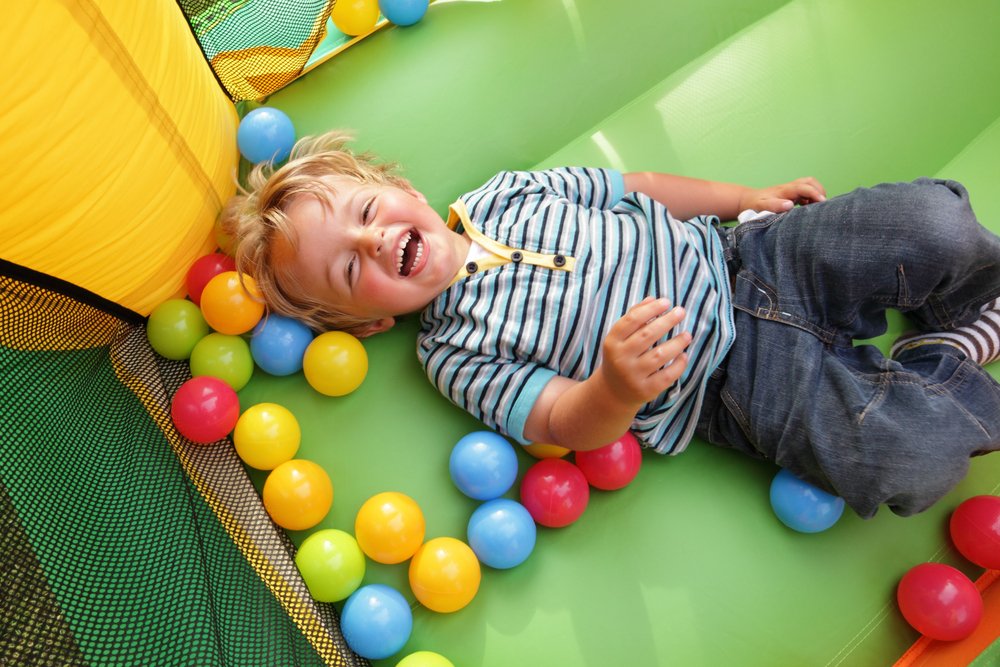
Key points: Children aged 2 to 5 spend most of their day doing sedentary activities and only engage in moderate or vigorous physical…

Key points: Developmental skills in early childhood are interdependent, connected, and intertwined. Independent walking is an important milestone for the social behavior of…
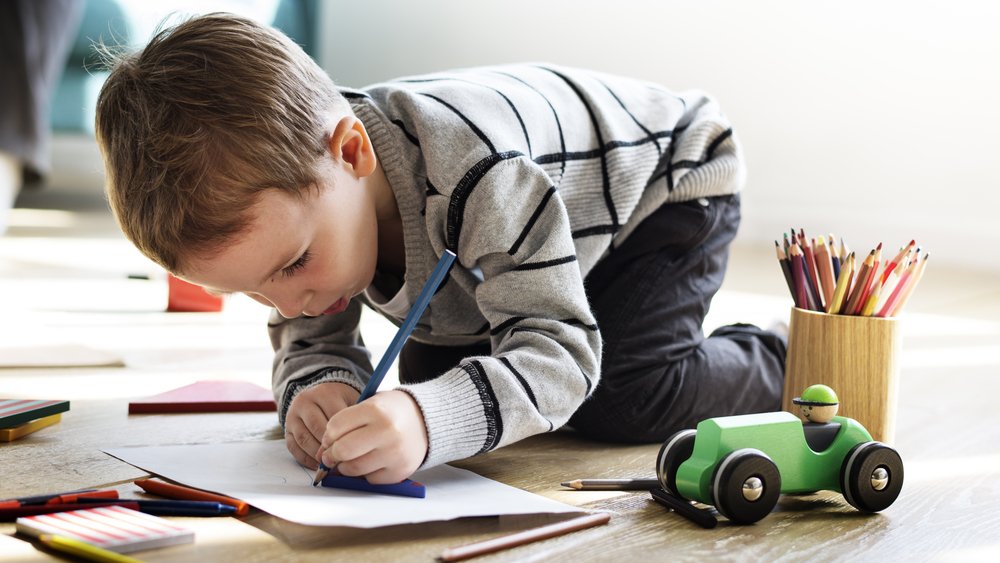
Key points: Writing readiness involves the development of pre-writing skills in children, which relate to gross and fine motor skills. Skills necessary for…
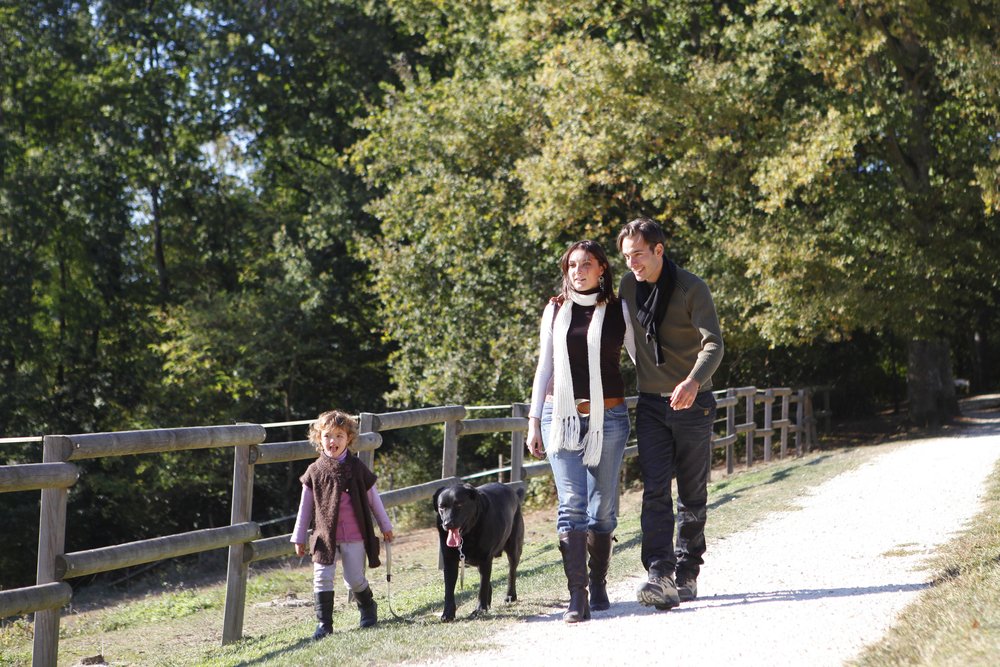
Key points: Many children under 5 years old fail to meet the minimum physical activity guidelines, and research suggests they should engage in…